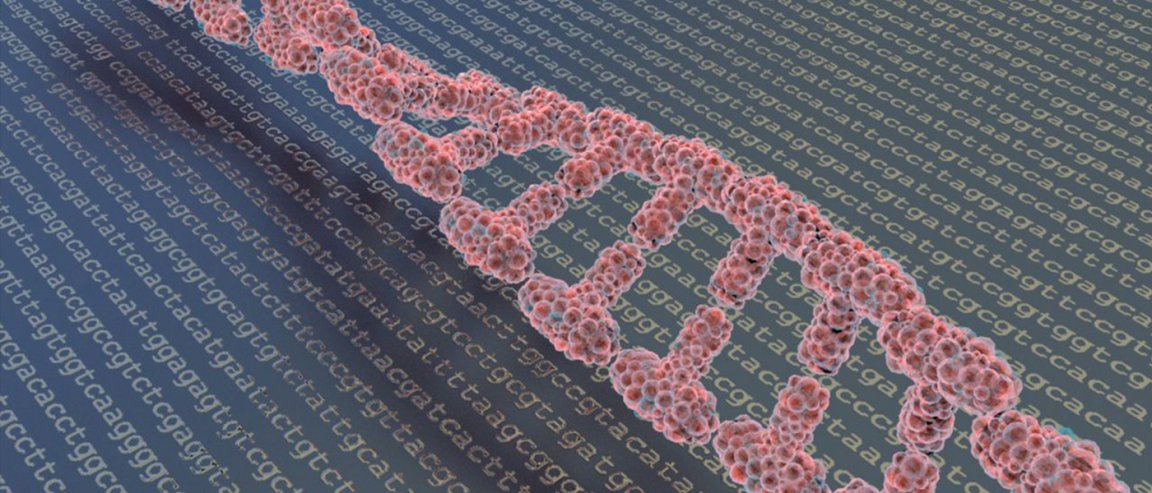
Refined techniques
CRISPR has revolutionized the world of gene editing. It has allowed scientists to conduct advanced research into diseases, research live cells, and it’s not expensive or overly complicated. But one thing it has always lacked is specificity. In some respects, it is the sledgehammer, not the sword; the cleaver, not the scalpel.
That is, until now.
Harvard University researchers have developed a new method of using CRISPR to alter single letters in the DNA code. This opens up the possibility of reversing mutations (and the diseases that stem from them) caused by the changing of only one letter, which represents nearly two thirds of all genetic mutations.
In an article in the journal Nature, the researchers described the new method, which doesn’t need to cut both strands of the DNA double-helix to alter the genetic code. It can directly convert a single letter of DNA to another, without deleting and inserting a bunch of random letters.

A new tool
Specifically, the researchers decided to glue two proteins to a type of Cas9 enzyme that doesn’t cause double-stranded breaks in DNA. The two proteins allowed the Cas9 to directly convert one specific letter in the four-letter genetic code, while preventing the cell from undoing the change.
The actual tests involved mouse and human cells, and a mutation that causes late onset Alzheimer’s disease and breast cancer. In one attempt, they were able to effectively change 58% of the cells without much unintended side effects, while other tests registered as much as 75%.
This level of specificity allows high precision gene editing. Though still in its infancy, and still displaying a number of limitations (animal tests are still years away from occurring, and human tests may take decades), the new method could one day allow the treatment of diseases without permanently altering the human gene pool.